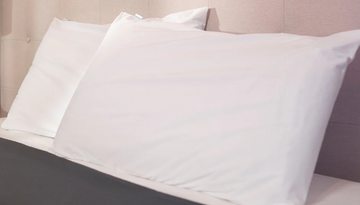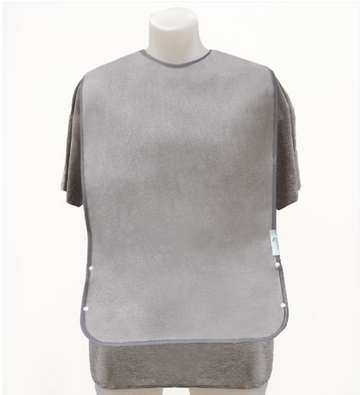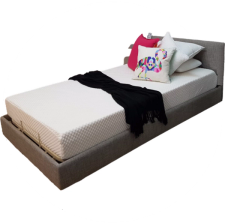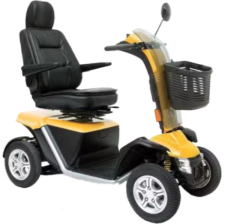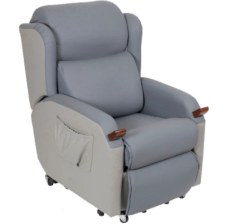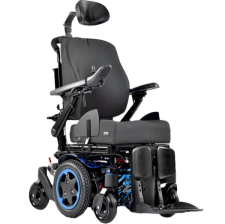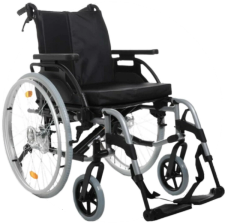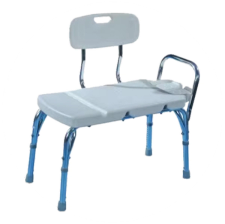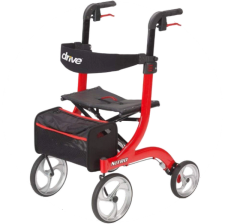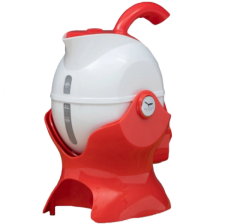Live Life Better
You’ve found the care, compassion and expertise you can rely on to live a better life


How We Support You
Occupational Therapists

You can rely on us to provide extensive product knowledge, expert advice and a wide range of available solutions to suit your client’s needs.
Find the right outcome for your clients
NDIS Participants

With 40 years of experience, we are the registered provider you can trust to support you with innovative AT solutions.
Let us help make life easier for you
Retirees and Families

We are dedicated to helping those with mobility challenges get precisely what they need to live a better life with greater independence.
See how we can support you
Case Managers

Work with our knowledgeable team to streamline the process of sourcing compliant AT solutions that meet your budget and timeframe.
See how we can reduce the burden
Care, Compassion and Expertise you can rely on
Karis Life is your partner in regaining independence with dignity. With decades of industry knowledge and experience, we’re passionate about providing our community with life-changing assistive technology solutions that not only aid physical challenges but vastly improve the overall well-being of every customer.


Why choose Karis Life

Easy access to showroom

Accessible toilet

Price match promise

Convenient covered parking

Amazing product range

Try before you buy

Independent and Australian Owned

Established 1984
40 Years of Care and Compassion
Karis Life is the evolution of years of industry experience and knowledge, with a clear vision for the future. A chance encounter with an elderly woman struggling with her mobility motivated our founder Rej, to pursue a path of helping vulnerable people in our community achieve a better quality of life, which led to Karis Life.

Continuous Learning Towards Empowered Living
For Therapists and Carers

CPD Training
Education & Training sessions to Occupational Therapists and Physiotherapists, presented by industry experts.
For Retirees and Communities

Live Life Better
90 Minute free seminars for seniors presented by specialists offering education, knowledge, and entertainment.
Our most popular products
WE STOCK ON THE BEST QUALITY PRODUCTS FROM BRANDS LIKE THESE






Read us in the media

At Ease with Arthritis
Arthritis is a chronic condition that affects millions of people worldwide, causing persistent pain, joint stiffness, and inflammation, often leading ...

Is “Independence” In Your List
We may be coming older, but we still love the magic of Christmas. One of the best things about the Christmas season – besides food and fun – is the op...
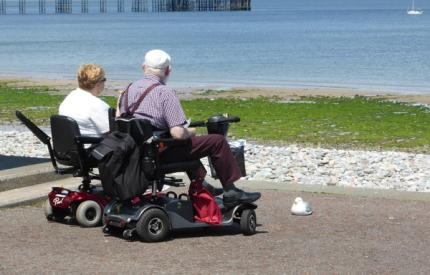
Mobility Scooters & 7 Important Questions
There are many of us who are not able to enjoy this beautiful season as physically we are unable to catch up with our minds and hearts. There is no re...

Keep abreast of the latest developments
Stay in the know about current offers, specials, discounts, and hot new product reviews by signing up for our newsletter.
Contact Us
Book a trial. Arrange a free consultation. Ask a question. Or learn more. Get in touch.
P: 1300 662 880
E: info@karislife.com.au
73 Jersey Street North
Hornsby NSW 2077
Opening Hours
Mon-Fri: 9.00am - 5.00pm
Sat: 9.00am - 4.00pm
Sun: By appointment
Public Holidays
We are closed on Thursday - 25 April 2024 for ANZAC Day
Visiting Us?
Directions to our showroom are here >
© 2023 Progalore Pty Ltd t/a Karis Life - ABN 58 136 640 983


